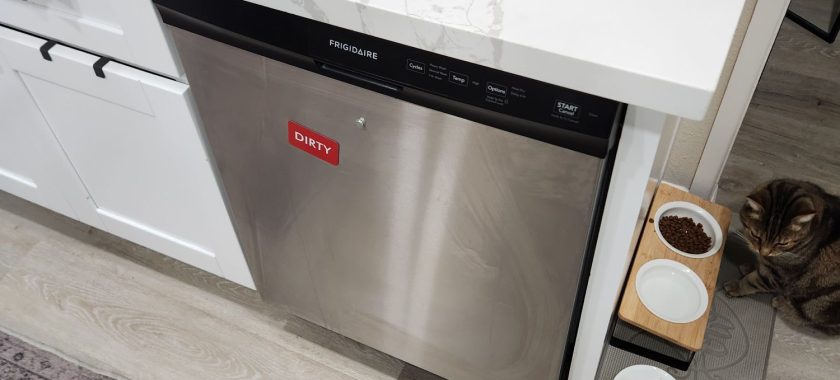A dishwasher is a modern kitchen convenience many homeowners rely on daily. When it refuses to fill with water, however, the entire cleaning cycle grinds to a halt, leaving you with a pile of dirty dishes and a growing sense of frustration. If your dishwasher won’t fill with water and the cycle doesn’t even start, the underlying issue could stem from multiple components. Understanding the root causes will help determine whether a quick fix is possible or if it’s time to call in professional help.
Common Causes of Dishwasher Water Fill Failure
1. Water Supply Issues
The most basic reason your dishwasher won’t fill is a disruption in the water supply. Ensure the water supply valve—typically located under the sink—is fully open. If the valve is closed or partially obstructed, water cannot enter the appliance.
Additionally, check the water inlet hose. If it’s kinked, clogged, or damaged, water may be restricted from reaching the machine.
2. Faulty Water Inlet Valve
The water inlet valve controls the flow of water into your dishwasher. If it’s broken, malfunctioning, or clogged with mineral deposits, the valve won’t open—even if the control panel sends the signal. A defective inlet valve is one of the most common reasons a dishwasher won’t fill.
Signs of a faulty inlet valve include:
- No water sound when the cycle begins
- Error codes on digital displays
- A humming noise as the dishwasher attempts to fill
In most cases, a defective valve needs to be replaced, not repaired.
3. Float Assembly Malfunction
Inside your dishwasher is a small plastic float that rises with the water level to prevent overfilling. If this float gets stuck in the “up” position or the float switch fails, the control system may falsely believe the tub is already full—thus halting water intake.
You can test the float manually by gently lifting it. If it moves freely but the dishwasher still doesn’t fill, the float switch (usually located underneath the float) may be the problem and could require replacement.
4. Door Not Latching Properly
If the dishwasher door doesn’t fully latch or the latch sensor fails, the machine won’t start the cycle as a safety precaution. This also means no water will enter.
Over time, door latches can wear out or become misaligned. Check that the door clicks shut securely and isn’t obstructed by dishes or debris. If the latch is damaged or the sensor is malfunctioning, it may need to be repaired or replaced.
5. Clogged or Dirty Filters
Blocked filters can sometimes cause the dishwasher to pause before it even begins. Though not directly responsible for water intake, clogged filters can interfere with pressure systems or sensors that prevent the cycle from starting. Regularly cleaning the dishwasher filter can prevent buildup of food particles and grease that might affect performance.
6. Electronic Control or Timer Malfunction
Your dishwasher’s control board or timer governs the sequence of operations, including when to open the water valve. If the timer is faulty or the control board is malfunctioning, the system may skip the water fill step entirely or fail to initiate the cycle at all.
These are complex components best handled by a qualified technician, as they often require diagnostic tools to verify the fault and install new parts.
7. Drain Solenoid Stuck Open
In some dishwashers, a malfunctioning drain solenoid can stay stuck open, causing any incoming water to immediately drain away. This gives the impression that the machine isn’t filling, when in fact it can’t retain the water. If this is the case, you may hear the sound of draining but not see water accumulating inside.
Troubleshooting Tips Before Calling for Repairs
Before assuming the worst, try the following steps:
- Double-check that the water supply valve is open.
- Reset the dishwasher by turning off the power for a few minutes.
- Inspect the door latch for proper closure.
- Remove and clean the float assembly.
- Clear any blockages from filters and hoses.
If these steps don’t resolve the issue, it’s time to bring in a professional.
When to Call a Technician
Diagnosing dishwasher problems can be tricky, especially when dealing with electronic control systems or internal valves. If you’ve checked the basics and your dishwasher still refuses to fill with water or start the cycle, contact Chula Vista Appliance Repair Company. Their experienced technicians will inspect, diagnose, and repair your dishwasher efficiently, ensuring your appliance is back to running smoothly.
Avoid the guesswork, save time, and protect your kitchen investment by trusting qualified repair specialists.
Don’t let dishwasher troubles disrupt your routine—call Chula Vista Appliance Repair Company today for expert service and dependable solutions.
Contact us
(619) 880-5508


